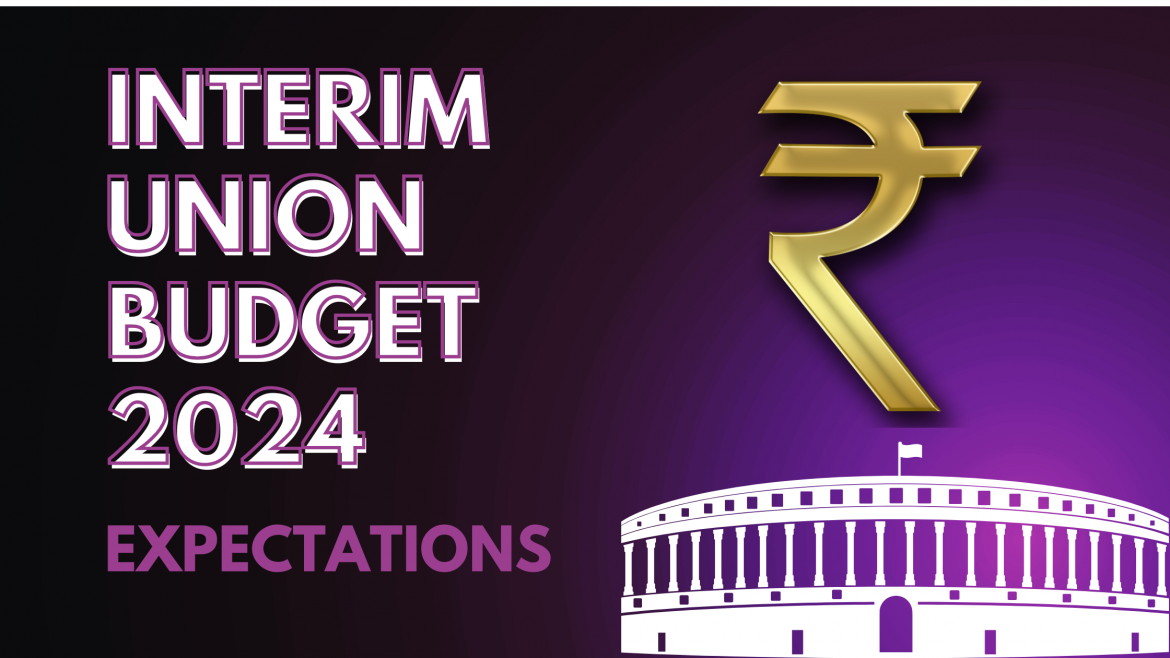India: A Mixed Bag in 2023, Optimistic Eyes Set on 2024 Budget
Step into the economic landscape of India as we reflect on the resilience witnessed in CY 2023. Despite facing geopolitical tensions, inflation fears, and sluggish domestic employment growth, the Indian economy stands unwavering.
In the midst of a dichotomy where long-term optimism prevails but short-term concerns loom large, the dynamics of unemployment, inflation, and job losses take center stage. Supply chain disruptions and the relentless pressure on MSMEs to secure timely working capital persist, reminiscent of the challenges faced in 2022.
On the brighter side, governmental indicators paint a promising picture. Tax collections consistently surpass initial projections throughout 2023, propelled by enhanced manufacturing activity catalyzed by the PLI Scheme. The economic trajectory of India appears optimistic, setting the stage for an intriguing exploration of the fiscal landscape.
Looking ahead to 2024, the budget promises a significant allocation to bolster the ‘Make in India’ initiative. This strategic move aims to provide a robust alternative to the waning Chinese manufacturing sector. The middle class, heavily reliant on agriculture, is expected to receive focused assistance, shaping up to be a pivotal factor in the upcoming general elections of 2024.
Budget 2024, akin to its predecessor, foresees tax structures designed to incentivize investments in startups specializing in national construction, agriculture, and defense products and services. The anticipation lies not in the imposition of new taxes but in the implementation of fiscal prudence measures. Among these measures is the introduction of a special vehicle geared towards enhancing tax enforcement and augmenting revenue collection.
Interim Budget 101: Bridging the Gap Before a New Chapter
Think of the Indian government’s finances like a year-long story. But what happens when a new government enters the scene mid-year? Enter the Interim Budget, a temporary script to manage expenses until the new team takes over.
Here’s the lowdown:
- The Timekeeper: As the name suggests, it’s temporary, usually covering 3-4 months until the new government presents its full-year budget in July.
- Filling the Gap: It keeps the financial engine running smoothly while elections take place, ensuring essential spending continues.
- Limited Scope: Unlike a regular budget, it doesn’t set ambitious fiscal targets or announce major policy changes. It sticks to the basics – balancing the books for the short term.
Think of it as a holding page before the new government crafts its full vision for the remaining year. A full budget will be announced for the financial year 2024–25, only once the new government will come to power after the April–May Lok Sabha polls.
Areas in Focus-

Expectations-
Amidst global economic challenges, India’s growth story continues to shine. The IMF’s recent upward revision of projections for India this year adds to the positive outlook. Our optimism is unwavering, anticipating India’s growth at 6.5-6.8% during FY2023–24, followed by an average of 6.65% and an impressive 7.95% over the next two years as the global economy picks up steam.
In this journey, India will leverage its domestic demand, focusing on boosting private consumption and investment spending to propel growth. However, the challenge lies in navigating potential inflationary impacts that could influence growth stability.
GOODS AND SERVICES TAX
- Stop confusing businesses with endless rule changes.
- Address low demand, the true culprit behind economic woes.
- Enforce full GST with robust reverse-charge for proper credits.
- Redesign GST slabs: tax raw materials lower, processed & imported higher to create jobs.
- Offer amnesty to settle past dues and encourage timely filing.
INCOME TAX
- Expand the tax base: Bring more individuals and businesses under the tax umbrella.
- Simplify tax compliance: Make filing taxes easier and less time-consuming.
- Phase out old tax regime: Gradually transition everyone to the new, simpler system.
- Higher tax rebate: Offer a more generous tax break under the new regime.
- Encourage digital transactions: Require house rent payments to be deposited electronically for tax deductions
EMPLOYMENT
- Introduction of specific incentives aimed at enhancing funding for rural infrastructure and expanding the coverage of production-linked incentive (PLI) initiatives to encompass sectors such as services and chemicals
REDUCING FISCAL DEFICIT
- While the absolute fiscal deficit may see a reduction in FY24, the percentage relative to GDP is anticipated to be around 5.9%, with a proposed adjustment to 5.5% in the FY25 Interim Budget. The subsequent final budget, scheduled for July, might aim for a further reduction, possibly ranging from 5.3% to 5.4%, contingent upon the GDP figures slated for release in May 2024.
INCREASING CAPITAL EXPENDITURE
- The Government of India is projected to allocate a capex budget of Rs 10.2 lakh crore in FY25, indicating a more moderate year-on-year growth of approximately 10%. This contrasts with the robust expansion of over 20% witnessed in each of the post-COVID years. The deceleration in capex growth is expected to influence economic activity and impact GDP growth.
EASE OF DOING
- Less paperwork, more innovation: Eliminate most professional certifications for smaller companies (LLPs under Rs. 10 crore revenue) to fuel their agility.
- Stricter rules for larger players: Tighten compliance standards for bigger companies (over Rs. 10 crore revenue) to maintain accountability.
- Go digital for faster approvals: Introduce Aadhaar-based e-signatures and KYC for tax returns and company registrations, reducing reliance on physical documents and fraud risks.
BANKING SECTOR
- Strengthening asset valuation to minimize Non-Performing Assets (NPAs), privatizing select banks, and redefining the strategic roles of banks rather than focusing solely on infrastructure will generate substantial funds for the government to channel into the development of next-generation infrastructure.
AUTOMATION
- IElevate the domestic sourcing mandate across all public sector expenditures to broaden the scope for automation initiatives, fostering growth opportunities for domestic technology firms and startups
POTENTIAL LOSERS

POTENTIAL WINNERS

SUMMARY
In summary, while the economy shows positive indicators of growth and resilience, addressing employment concerns and reinforcing sourcing through the Make in India initiative for security infrastructure is crucial. There’s a pressing need to realign frameworks and allocate budgets strategically to achieve a more favorable outcome in employment opportunities within the nation.






